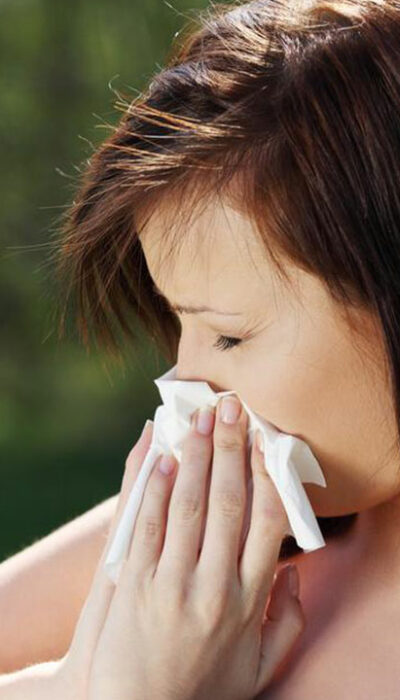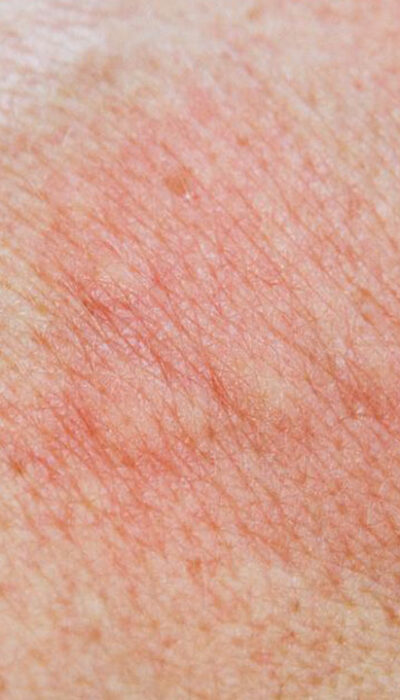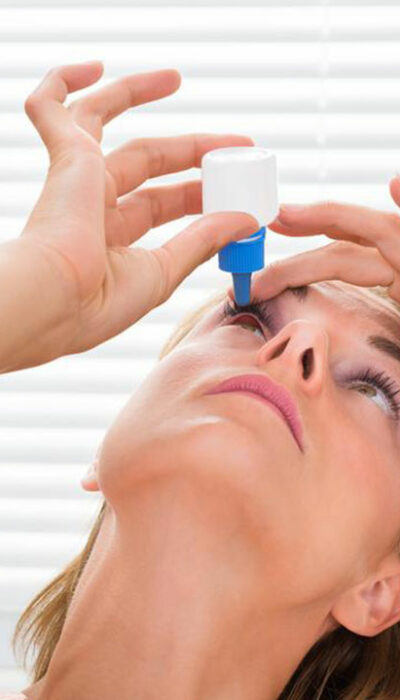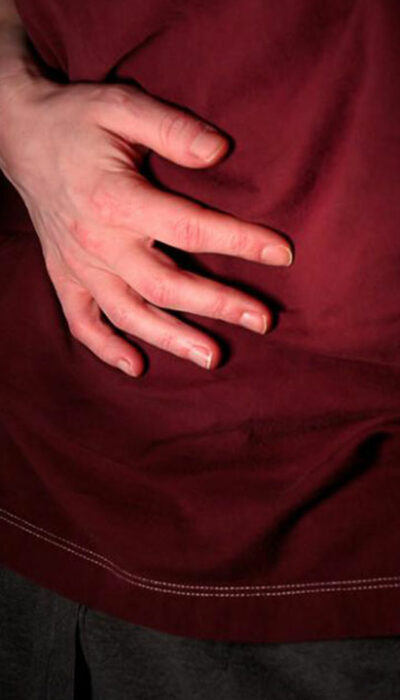
Mold Allergy – Causes, Symptoms, and Treatments
Molds are a type of fungus that lives everywhere. Upsetting a mold source can send the spores into the air. You can find molds anywhere of different things. Mold spores are often released when there is a climate change. They are commonly found near places like waterbodies, food particles, damp walls and floors. Along with oxygen, molds need warmth to grow; their growth is hampered in freezing temperatures. They also thrive in darkness and moisture. You may also see them in liquids that has been untouched for a long time. In some cases, it is the moisture and the humid temperature that leads to the thriving of the molds. So, people living in coastal areas are likely to get molds forming on surfaces. Let’s look at some of the reasons that cause the growth of these molds: Humidity Leakage from the pipes and roofs Condensation Poor ventilation Wet clothes Flooding Damp basement Waterbody around the house (lake, pool, river, lagoon, etc.) Molds might seem easy to get rid of, but there are instances where people suffer severe allergies because of them. People catch the allergy when the mold’s small pollen grains escape the filtering process of the nose and get ingested into the respiratory system. People get mold allergy when their immune system overreacts while you are breathing in mold spores. People who already have breathing problem like asthma can also be affected by mold spores. To find cure and treatments to mold allergies, one needs to know the symptoms of the same. The symptoms include: Running or blocked nose Sneezing Coughing Post nasal drip Itchy eyes, nose and throat Watery eyes Dry skin Scaly skin Fatigue Keeping the symptoms in mind, you can now focus on treating the mold allergy. However, there is no cure for the allergies, but you can reduce your allergy symptoms by avoiding contact with the mold spores.










